Reclaim Your Energy: Effective Strategies for Fatigue Relief in CLL
Expert advice from Dr. Shazia K. Nakhoda

Living with chronic lymphocytic leukemia (CLL) brings its own set of challenges, and one of the most prevalent and exhausting symptoms is CLL fatigue.
Fatigue is often described as having a complete lack of energy, despite getting enough sleep. For people with cancer, fatigue is incredibly common. Between 80% and 100% of people with cancer report having fatigue according to the American Cancer Society.
For CLL patients on watch-and-wait, understanding the degree of your fatigue may be a sign to start treatment. “I started treatment when my doctors discovered that my fatigue had become so debilitating that I couldn’t do the normal things I needed to do in my daily life,” says Jeff Folloder, CLL patient and advocate. “I couldn’t lift certain things. I couldn’t stay awake long enough.”
As a CLL patient, it can help to understand the impact of diet and lifestyle on managing fatigue and optimizing overall well-being. While specific dietary changes may not alter the course of CLL, adopting a healthy lifestyle can play an essential role in supporting your journey toward more vitality.
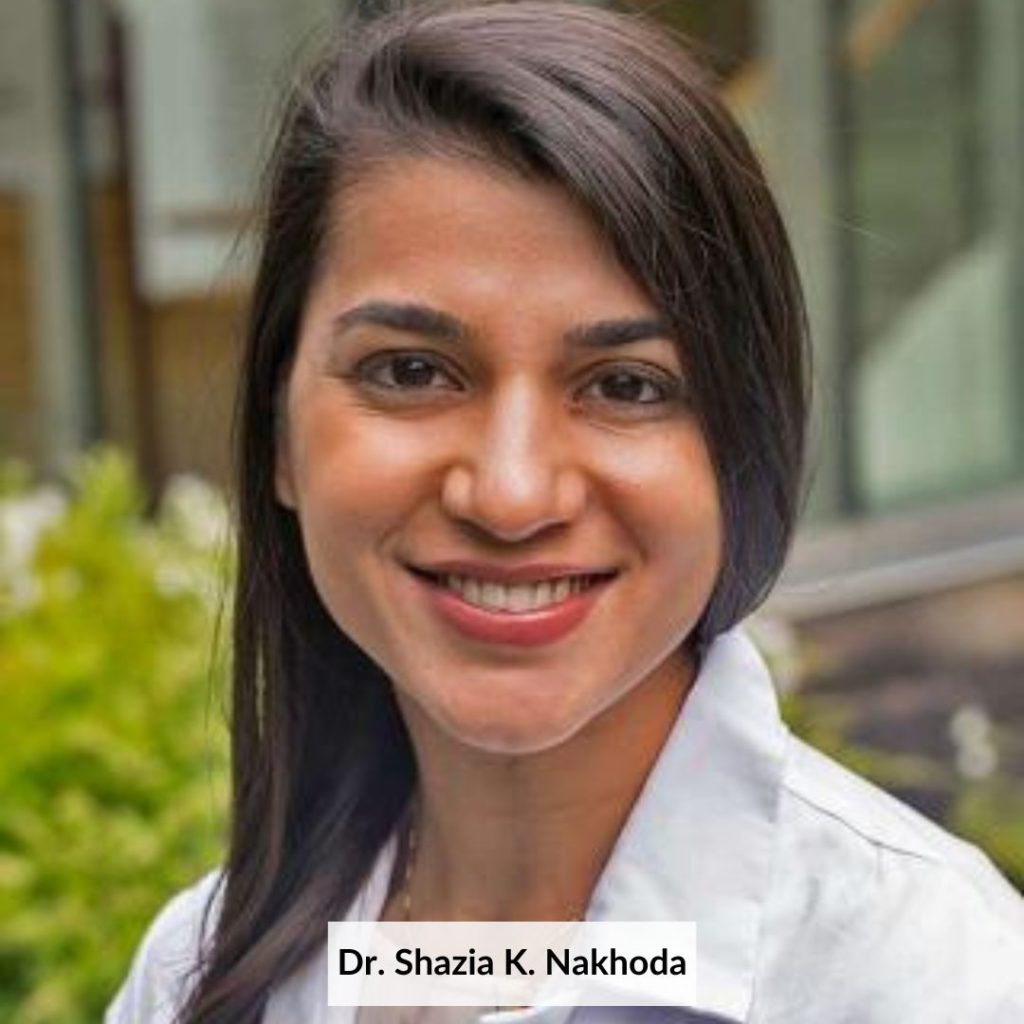
In this article, we explore dietary tips and wellness for CLL patients with Dr. Shazia Nakhoda, an Assistant Professor at the Department of Hematology/Oncology at Fox Chase Cancer Center. She also shares ideas about how to manage the psychological toll of CLL and promising new treatments on the horizon.
Remember to chat with your medical team before making any dietary or lifestyle changes based on this article. Everyone’s situation is unique, and healthcare professionals can offer personalized guidance that suits your specific needs.
What causes extreme fatigue in CLL patients?
Dr. Nakhoda explains that the amount of fatigue CLL patients feel is often linked to the degree of the disease circulating in their bloodstream. In addition, having an enlarged spleen and swollen lymph nodes can also contribute to the level of fatigue experienced.
Anemia in CLL is also a common cause of fatigue according to Dr. Nakhoda, “This happens because the CLLs are taking up too much room in the bone marrow and not allowing the healthy red blood cells to grow or because of an autoimmune phenomenon where the red cells are getting destroyed in circulation.”
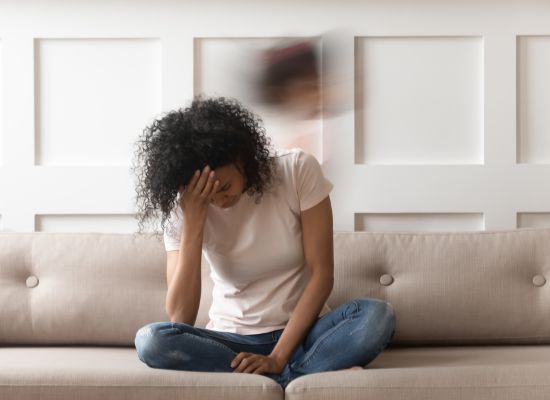
For her patients who have very early CLL, Dr. Nakhoda typically advises them to rule out other causes of fatigue like cardiovascular disease or pulmonary diseases.
She adds, “We know that CLL is primarily driven by dysregulation of the immune system, which leads to unchecked inflammation and seems to be a major cause of fatigue.”
Using Diet to Manage CLL Fatigue
There is growing recognition that dietary choices and physical activity, can play a significant role in managing CLL.
According to Dr. Nakhoda, “While there is no specific nutrient or herbal supplement identified that can change the normal disease course for people with CLL, maintaining a healthy lifestyle through diet and exercise is crucial for patients with CLL.”
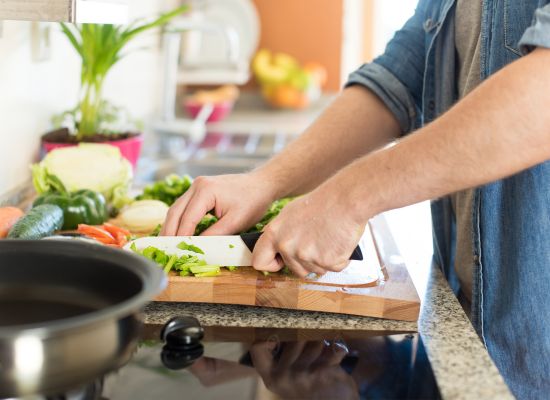
Dr. Nakhoda’s Diet Recommendation Summary
- Choose a heart-healthy diet to minimize the risk of cardiovascular disease.
- Include a variety of nutrients from fruits and vegetables in the diet, which is beneficial for cancer patients.
- Opt for whole grain products and low-fat dairy options instead of processed foods high in salt and sugars.
- Reduce inflammation in the body and enhance tolerance to CLL-directed therapies through dietary choices.
- Follow a Mediterranean diet to improve rates of cardiovascular disease and achieve healthy weight goals.
- Include healthier fats from extra-virgin olive oil, nuts, and fish in the diet, replacing unhealthy meats and fats.
She emphasizes the importance of choosing a heart-healthy diet to minimize the risk of cardiovascular disease and keeping blood sugars in check, particularly among patients with diabetes.
Dr. Nakhoda further urges, “Getting a variety of nutrients derived from fruits and veggies is beneficial for patients with cancer in general. Choosing whole grain products and low-fat dairy options over processed foods with high salt and sugars are also recommended.” These dietary choices can help reduce inflammation in the body and generally allow patients to better tolerate CLL-directed therapies.
Regarding specific diet recommendations, Dr. Nakhoda adds, “We have some great data showing a Mediterranean diet can improve rates of cardiovascular disease and achieving healthy weight goals. And there are some large epidemiology studies that show this may also benefit patients with cancer risk in general.” Again, she encourages a diet that includes healthier fats from extra-virgin olive oil and nuts and fish in place of unhealthier meats.
Finding Balance with CLL Fatigue
When it comes to managing CLL-related fatigue, Dr. Nakhoda recommends several approaches. She says, “In some patients who meet criteria for CLL-directed therapy, treating the CLL can make a huge difference in fatigue.”
However, for patients in the Watch & Wait phase or without clear indications for therapy, she highlights the importance of lifestyle modifications. “We have found exercise to make a huge impact on improving fatigue,” she says.
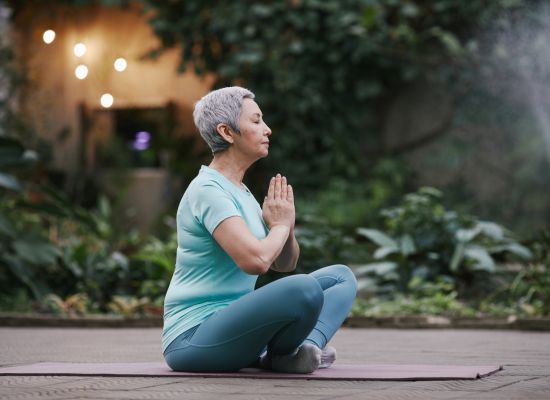
Starting with small activities like a 15-minute walk or yoga session and gradually increasing activity levels over time can be beneficial. “Overtime, the more activity patients are able to do, we see fatigue symptoms often improve,” says Dr. Nakhoda.
She also suggests optimizing sleep patterns and addressing any underlying medical conditions that may contribute to fatigue. She adds, “We know that patients with other medical conditions like cardiac disease or pulmonary disease can also contribute to fatigue so addressing any risk factors like coronary arterial disease or sleep apnea, for example, are important.”
Psychological Impact of Watch-and-Wait: Connecting with Others
Living with chronic lymphocytic leukemia (CLL) can be an emotional rollercoaster, especially during the Watch & Wait period when patients face uncertainty about their treatment timeline.
Dr. Nakhoda acknowledges the psychological toll that the watch-and-wait period can take on CLL patients. She says, “The stress of a new diagnosis of cancer, not knowing if or when you may need therapy, and grappling with the unknowns that come with this type of disease can be really tough.”

To cope with these challenges, she recommends connecting with other patients who have CLL through support groups and online networks. The CLL Society offers a guide to helpful support groups. Dr. Nakhoda notes that support groups can provide valuable encouragement and make a significant difference in managing the emotional fatigue associated with the waiting period.
Promising CLL Treatments
As CLL patients continuously seek new avenues for treatment, Dr. Nakhoda highlights the dynamic nature of managing chronic lymphocytic leukemia, with ever-evolving therapies and approaches that are reshaping the CLL landscape.
“The way we treat CLL is rapidly evolving. The survival data we had from even 5 years ago is now outdated. We have new drugs approved every couple of years that are quickly changing the way we treat patients.”
She highlights the emergence of non-covalent BTK inhibitors as a promising new class of drugs. “This type of drugs works similarly to the first and second-generation BTKi inhibitors (ibrutinib, acalabrutinib, zanubrutininib) but binds in a different way to the receptor.”
She also mentions pirtobrutinib, which was recently approved by the FDA for patients with mantle cell lymphoma. “Hopefully, it will receive approval for other B-cell lymphomas like CLL in the near future. It seems to be effective in patients who previously were intolerant or resistant to another BTK inhibitor, and has a very favorable side effect profile,” she says.
Minimal Residual Disease Testing
Another important aspect of patient care is the restorative space between treatments. “I hear from patients that getting time off of therapy is really important as well. There is exciting data about using minimal residual disease testing, which is a method of detecting very small levels of microscopic disease in the blood or bone marrow as a marker of deep response. We are trying to understand how to use these tests to help identify which patients may be spared from continuous use of certain drugs and get more time off of therapy.”
While specific dietary changes may not alter the disease course of CLL, Dr. Nakhoda emphasizes the importance of maintaining a healthy lifestyle through diet and exercise. Fatigue is a common symptom of CLL, and managing it involves a combination of treating the disease itself and incorporating lifestyle modifications. Connecting with other CLL patients through support groups and staying informed about promising new treatments can also be beneficial for patients and their overall well-being.
Easy Mediterranean-Inspired Recipes For CLL Patients
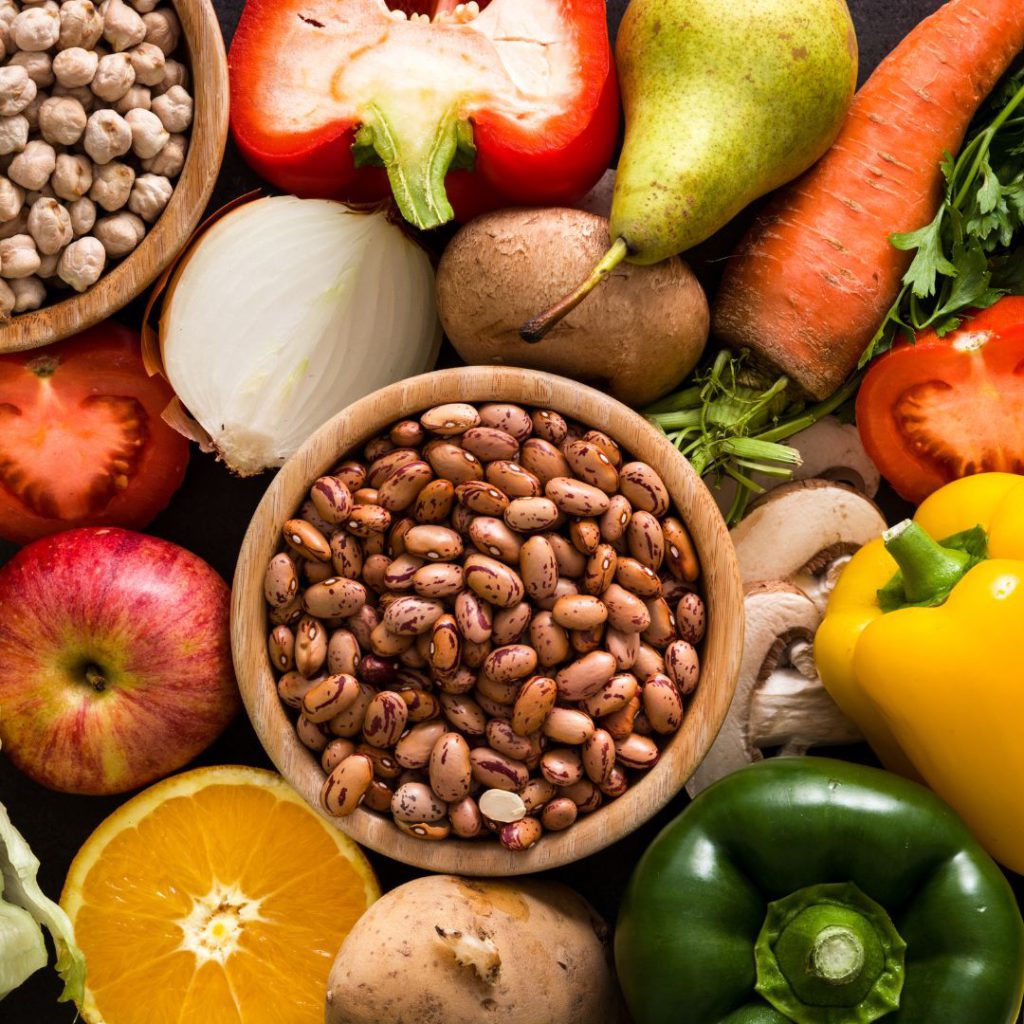
Here are five super simple recipes that align with Dr. Nakhoda’s dietary recommendations for CLL patients:
1. Mediterranean Quinoa Salad:
– Ingredients:
– 1 cup cooked quinoa
– Assorted chopped vegetables (such as cucumber, cherry tomatoes, bell peppers)
– Kalamata olives, pitted and halved
– Feta cheese, crumbled
– Fresh parsley, chopped
– Extra-virgin olive oil and lemon juice (as dressing)
– Instructions:
1. In a bowl, combine cooked quinoa, chopped vegetables, olives, and feta cheese.
2. Drizzle with extra-virgin olive oil and lemon juice.
3. Garnish with fresh parsley. Mix well and serve.
2. Veggie Stir-Fry with Brown Rice:
– Ingredients:
– Assorted vegetables (such as broccoli, carrots, bell peppers, snap peas)
– Tofu or lean protein of choice
– Low-sodium soy sauce
– Garlic, minced
– Ginger, grated
– Cooked brown rice
– Instructions:
1. In a wok or skillet, heat a small amount of olive oil over medium heat.
2. Add minced garlic and grated ginger, and sauté for a minute.
3. Add the vegetables and tofu (or protein) to the pan and stir-fry until cooked but still crisp.
4. Stir in low-sodium soy sauce to taste.
5. Serve over cooked brown rice.
A Simple Fish Recipe
3. Grilled Lemon Herb Salmon:
– Ingredients:
– Fresh salmon fillets
– Lemon juice
– Fresh herbs (such as dill, parsley, or basil)
– Extra-virgin olive oil
– Salt and pepper to taste
– Instructions:
1. Preheat the grill to medium-high heat.
2. In a small bowl, combine lemon juice, chopped fresh herbs, olive oil, salt, and pepper.
3. Brush the mixture onto the salmon fillets.
4. Grill the salmon for about 4-6 minutes per side, or until cooked through.
5. Serve with a side of steamed vegetables or a mixed green salad.
4. Chickpea and Vegetable Curry:
– Ingredients:
– 1 can chickpeas, drained and rinsed
– Assorted vegetables (such as cauliflower, sweet potatoes, spinach)
– Curry powder or paste
– Coconut milk (light or full-fat)
– Fresh cilantro, chopped
– Instructions:
1. In a large pan, heat a small amount of olive oil over medium heat.
2. Add the vegetables and sauté until slightly tender.
3. Stir in curry powder or paste to taste and cook for another minute.
4. Add the chickpeas and coconut milk to the pan and simmer for about 10-15 minutes, or until the vegetables are cooked through.
5. Garnish with fresh cilantro and serve with brown rice or quinoa.
A healthy snack
5. Fruit and Yogurt Parfait:
– Ingredients:
– Plain Greek yogurt
– Assorted fresh fruits (such as berries, sliced banana, diced mango)
– Honey or maple syrup (optional)
– Granola or nuts (for added crunch)
– Instructions:
1. In a glass or bowl, layer Greek yogurt, fresh fruits, and a drizzle of honey or maple syrup if desired.
2. Repeat the layers until the container is filled.
3. Top with a sprinkle of granola or nuts.
4. Enjoy as a nutritious breakfast or snack option.
These simple and delicious recipes incorporate the key principles of a Mediterranean diet, providing CLL patients with a variety of nutrients from fruits, vegetables, whole grains, and healthier fats. Remember to consult with your healthcare team or a registered dietitian for personalized dietary recommendations based on your specific needs and preferences.
>>>MORE: Watch & Wait In CLL With Dr. Kerry Rogers
CLL Patient Stories
Serena V., Chronic Lymphocytic Leukemia (CLL)
Symptoms: Night sweats, extreme fatigue, severe leg cramps, ovarian cramps, appearance of knots on body, hormonal acne
Treatment: Surgery (lymphadenectomy)
Margie H., Chronic Lymphocytic Leukemia
Symptoms: Large lymph node in her neck, fatigue as the disease progressed
Treatment: Targeted therapy
Nicole B., Chronic Lymphocytic Leukemia
Symptoms: Extreme fatigue, night sweats, lumps on neck, rash, shortness of breath
Treatments: BCL-2 inhibitor, monoclonal antibody
Symptoms of CLL
Learn about how some of the common CLL symptoms first present themselves from patients who have been diagnosed with CLL.
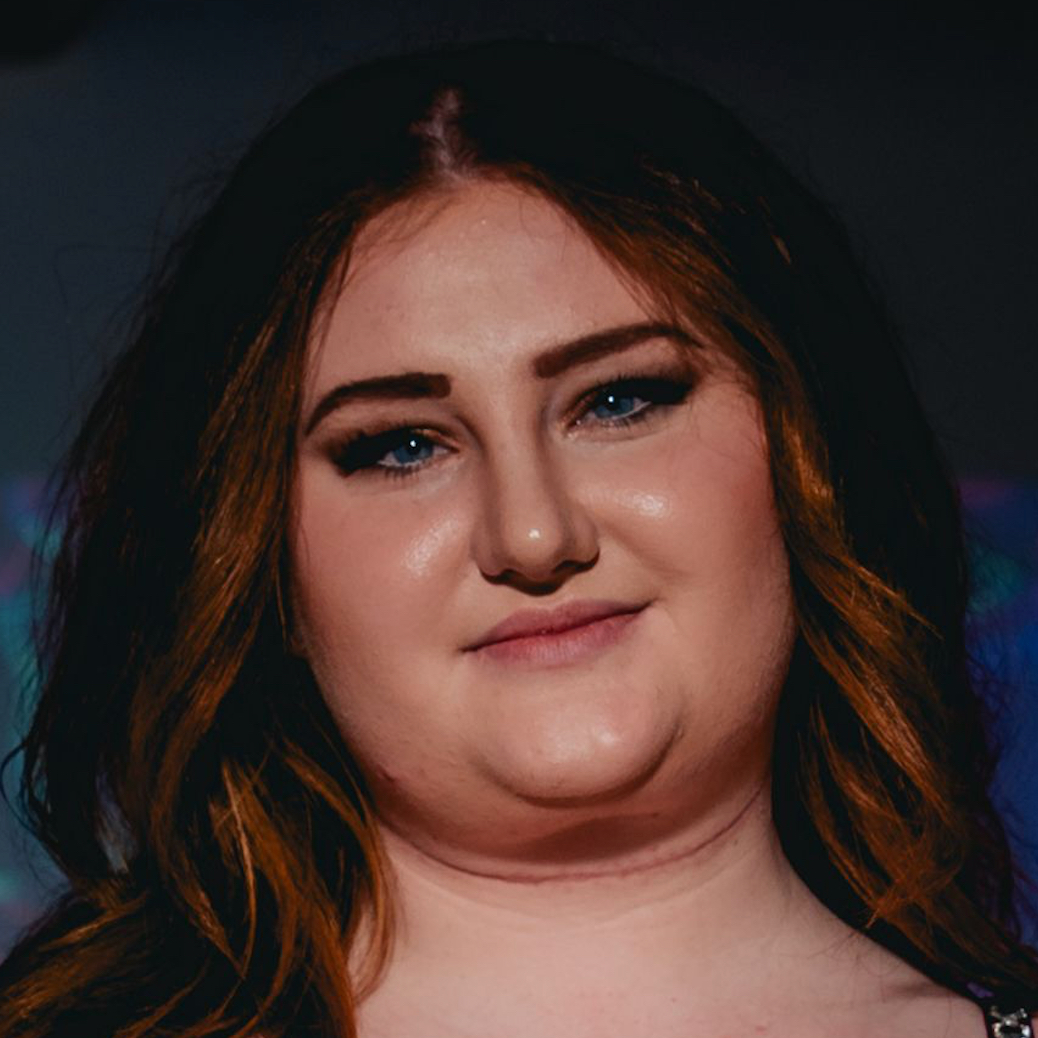
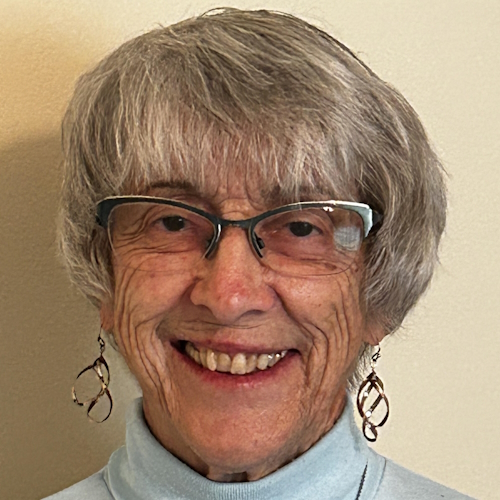
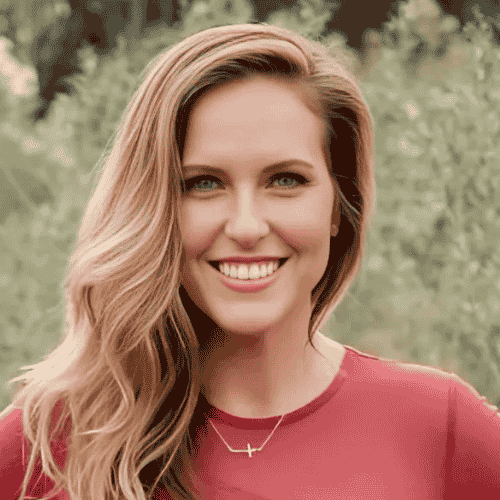
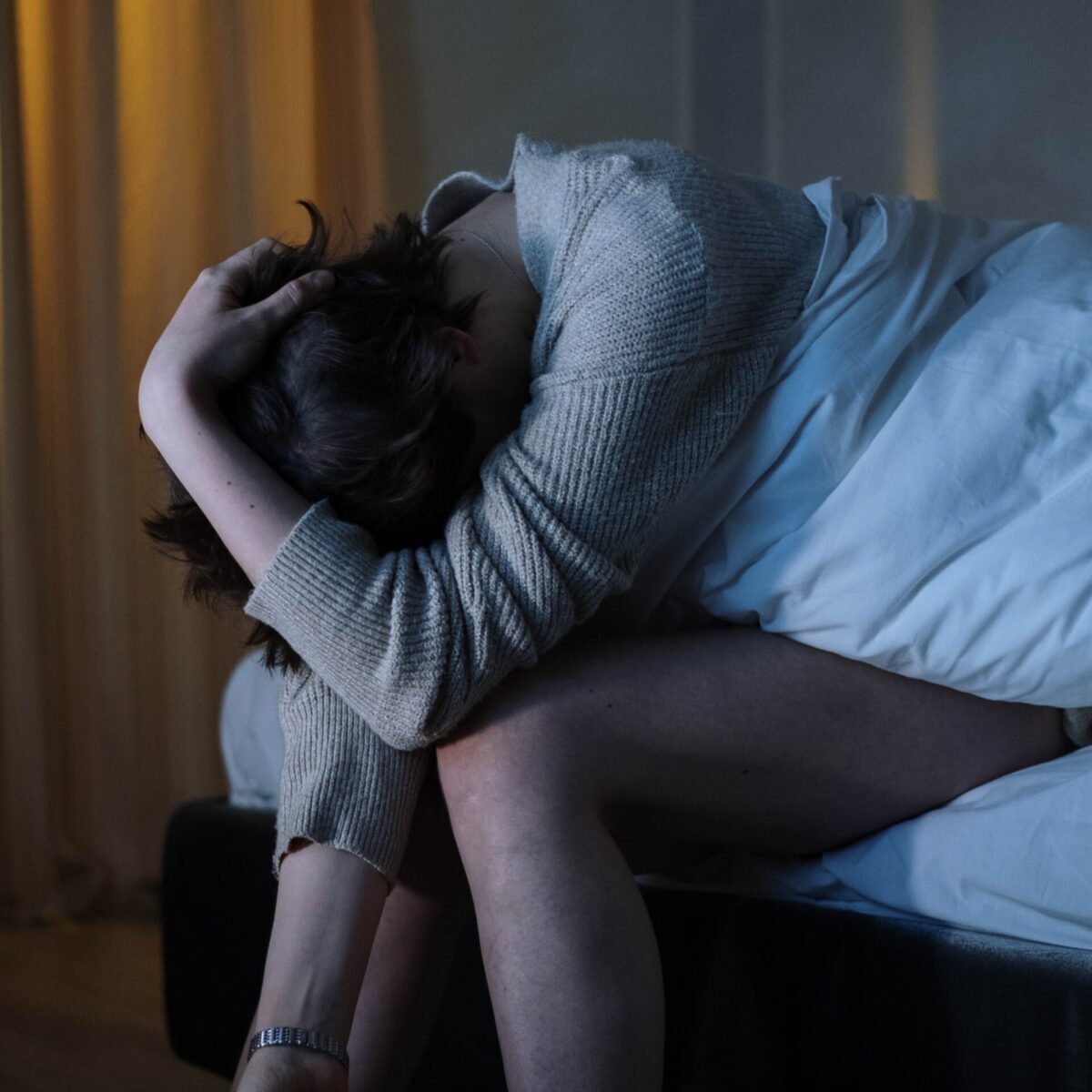
2 replies on “Fatigue Relief in CLL: Expert Tips from Dr. Shazia K. Nakhoda”
I am 68 and had CLL for 5 years. No treatments yet. Have you information on clinical trials on CuraMed which is Curcumin with Turmerones on the positive effects of inflammation. Have of friend with CLL that took it for a month and his white blood cell count fell from 150K to 45k. Mine dropped from 15k to 12k. I am going ask my doctor on my next sixth month check in. Wondering your thoughts.
This article is encouraging , useful , and kind. It does me good as it does to others,
I’m sure. The constant presence of LLS,
in the form of letters on email, and educational conferences and ever-ready
counselors on the phone, is lovely in my life
as a patient.